New York, US: The heart of New York City was rocked this week by its deadliest mass shooting in a quarter-century, turning the 2025 mayoral contest into a fierce battleground over public safety, policing, and the path forward for America’s largest city.
The Tragedy at Midtown Manhattan
Monday evening saw chaos erupt at 345 Park Avenue, a sleek skyscraper steps from the city’s iconic attractions. Just as office workers navigated the rush-hour exodus, gunfire shattered the calm. The shooter, later identified as 27-year-old Shane Devon Tamura of Nevada, entered the building’s lobby armed with a low-cost AR-15-style rifle. Within minutes, four people lay dead, including off-duty NYPD officer Didarul Islam, a mother of two working for Blackstone, a security officer, and an employee of Rudin Management. A National Football League (NFL) employee sustained injuries but survived.
According to investigators, Tamura — who had a documented history of mental health struggles and grievances tied to head injuries sustained during his high school football tenure — intended to confront the NFL’s Manhattan headquarters but mistakenly accessed the wrong elevator. Surveillance footage revealed a chilling, methodical attack, where Tamura let some pass unharmed but targeted others indiscriminately, culminating in his own death by apparent suicide.
Unanswered Questions, City on Edge
Police later discovered a fragmented note in Tamura’s possession referencing chronic traumatic encephalopathy (CTE), a brain condition linked to repeated head injuries. He asked authorities to examine his brain posthumously. The motive, while partly illuminated, remains under investigation.
Despite New York’s reputation for some of the toughest gun control laws in the nation, law enforcement officials conceded that this tragedy exposed the limitations of even the most robust safety nets. Tamura’s journey spanned multiple states with more lenient firearms regulations, allowing him to arrive undetected in Manhattan with a car loaded with ammunition and weapons.
Political Earthquake: Mayoral Candidates Spar
With the general election looming, the shooting has overtaken the campaign, igniting fierce debate over public safety. Democratic mayoral nominee Zohran Mamdani, still reeling from news of the massacre delivered during his wedding abroad, cut short his celebration to return and confront a stark new reality. Attending Officer Islam’s funeral alongside his rivals, Mamdani sought to reassure anxieties: “I am not advocating for defunding the police. My campaign is not about defunding the police,” he emphasized.
Mamdani, once known for calls to recalibrate NYPD funding, faced criticism from rivals—most vocally former Governor Andrew Cuomo, who accused him of being out of step with public anxieties and questioned his capacity to protect the city. Mamdani countered, touting plans for a dedicated “Department of Community Safety” alongside a promise not to cut police headcount but to rein in overtime and redirect resources toward combating mental health crises.
Cuomo, seeking political resurgence, attacked Mamdani’s history, pledging aggressive action to remove homeless individuals from subways and stating, “On my first day, I’ll make this city feel safe again.” Other candidates, including Eric Adams and state Senators Jessica Ramos and Zellnor Myrie, debated a range of responses—deploying more police-clinician teams for subways, hiring mental health professionals for street interventions, and freezing rents to curb systemic stresses aggravating public disorder.
City Grapples with Safety vs. Reform
The debate mirrors the city’s deepening divisions over how to keep New Yorkers safe while safeguarding civil liberties. Although gun violence rates have fallen sharply in recent years—with a 54% drop in shootings and a 36% reduction in homicides since 2022—Monday’s tragedy has cast a shadow, refocusing attention on rare but catastrophic acts of violence.
Many residents, still on edge, wonder what more can be done in a country awash with guns. Security experts warn that no amount of local legislation or technological oversight guarantees immunity from lone-wolf attacks, especially when guns travel easily across state lines and warning signs fall through cracks in the nation’s mental health system.
A Campaign—and a City—Transformed
With public anguish still raw, candidates have scrambled to articulate new or bolder safety plans, emphasizing police support, mental health investment, and smarter deployment of resources. In forums and on the debate stage, the shooting is now a litmus test: a measure of leadership, values, and the vision each contender holds for New York’s next chapter.
As November approaches, voters face a stark choice about the direction of their city: how to balance security and reform, compassion and toughness, tradition and innovation—under the long shadow cast by this tragic assault. One thing is certain: the campaign, and the city’s future, will be defined by how they respond.




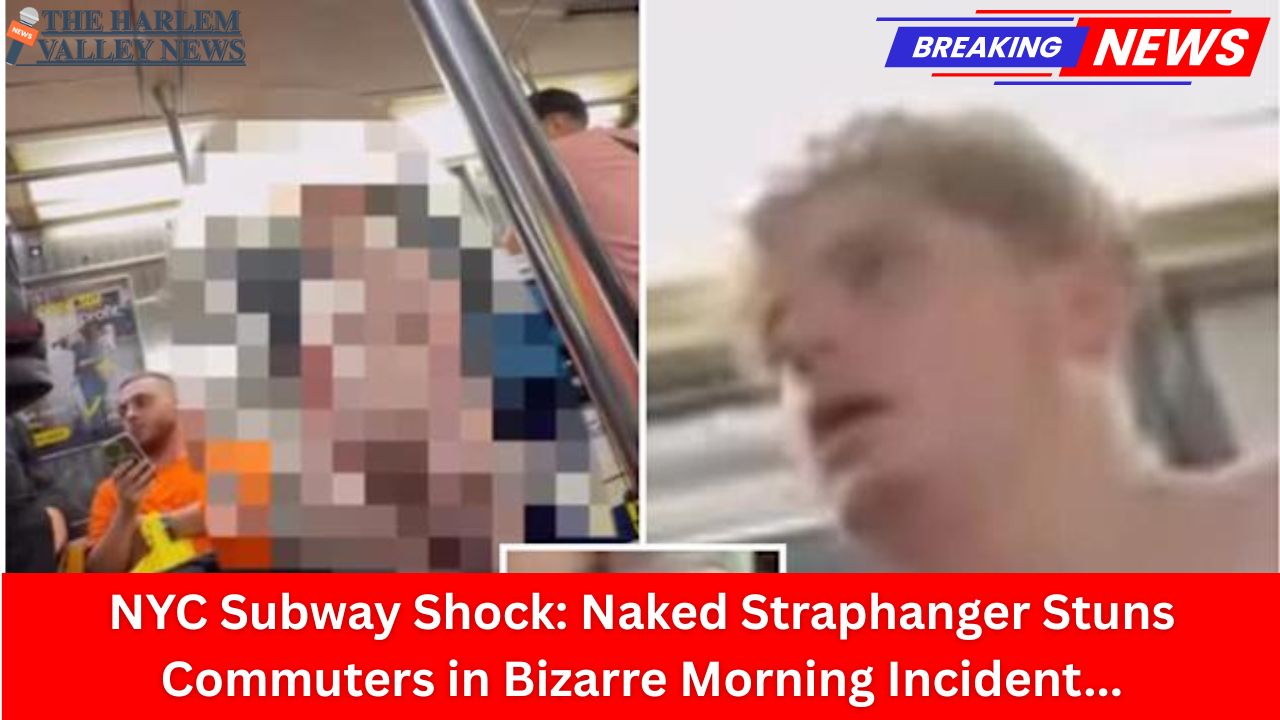
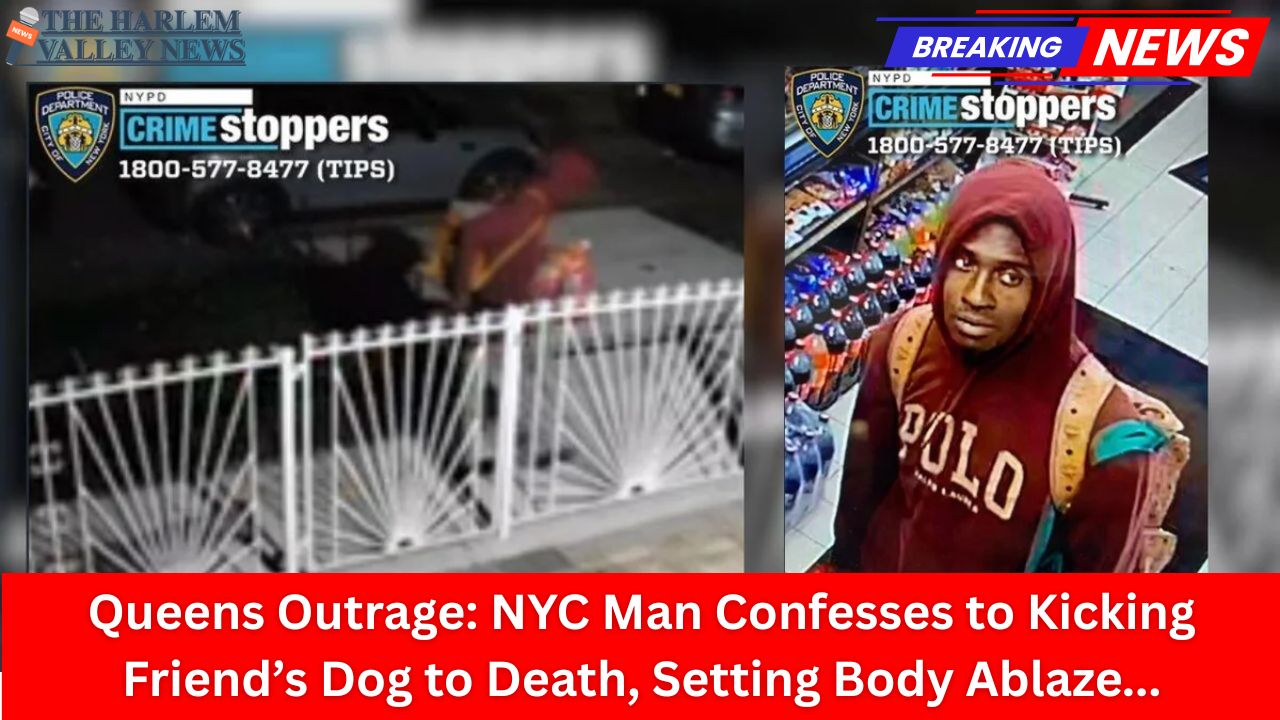
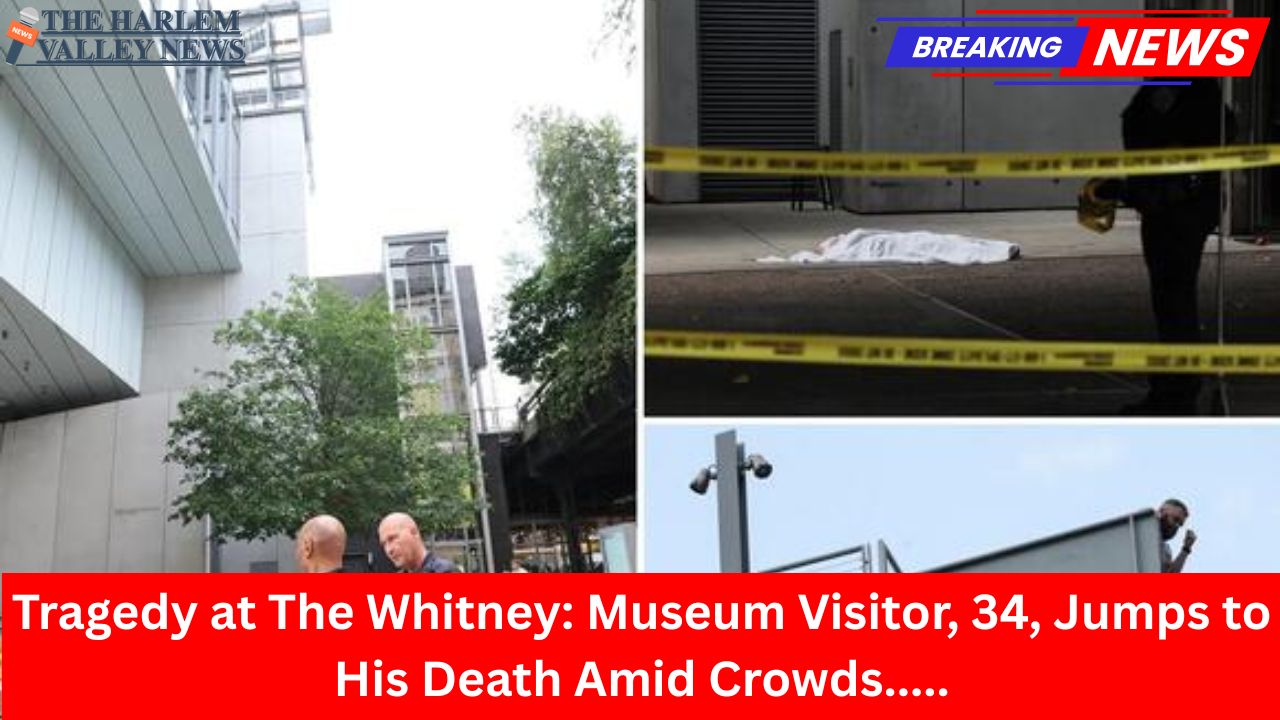
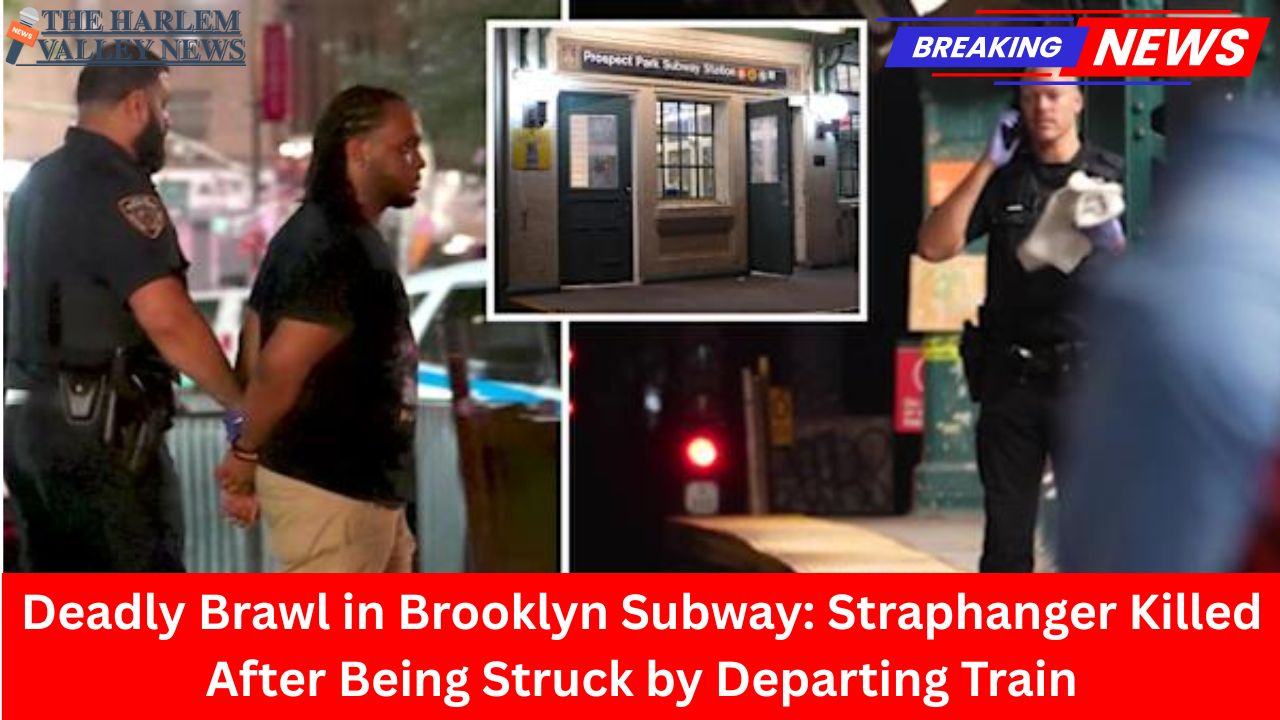
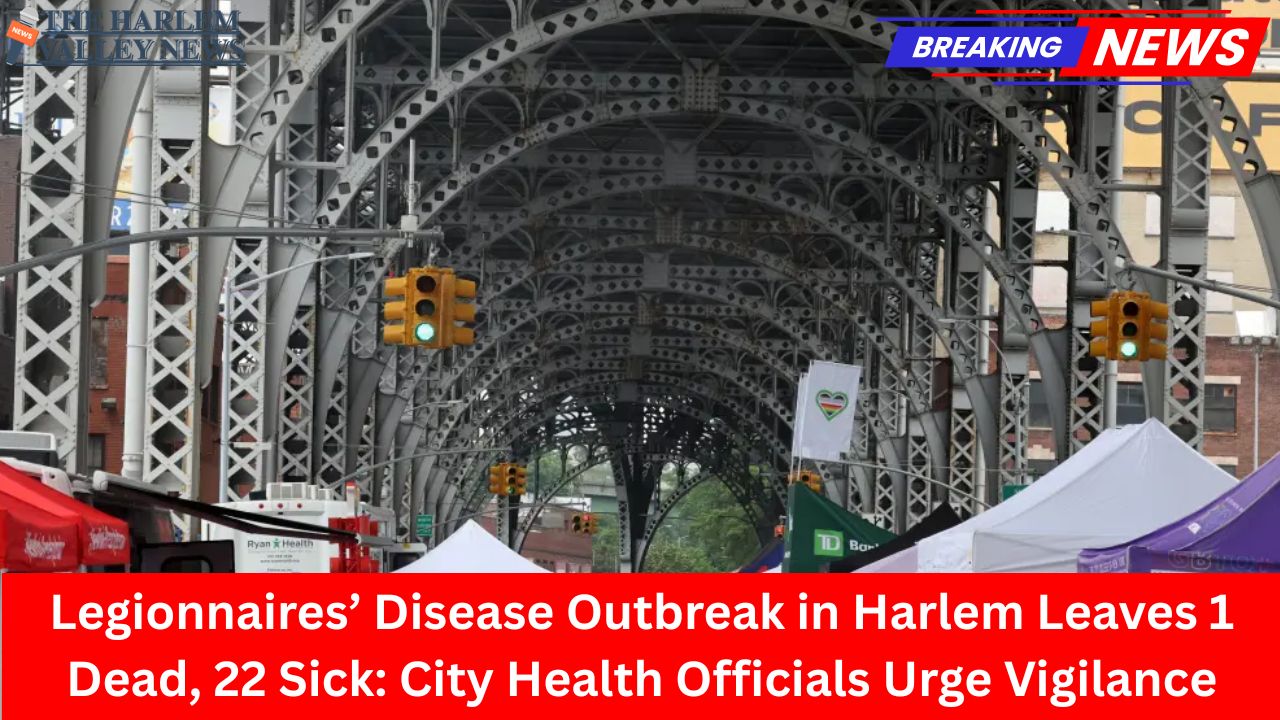
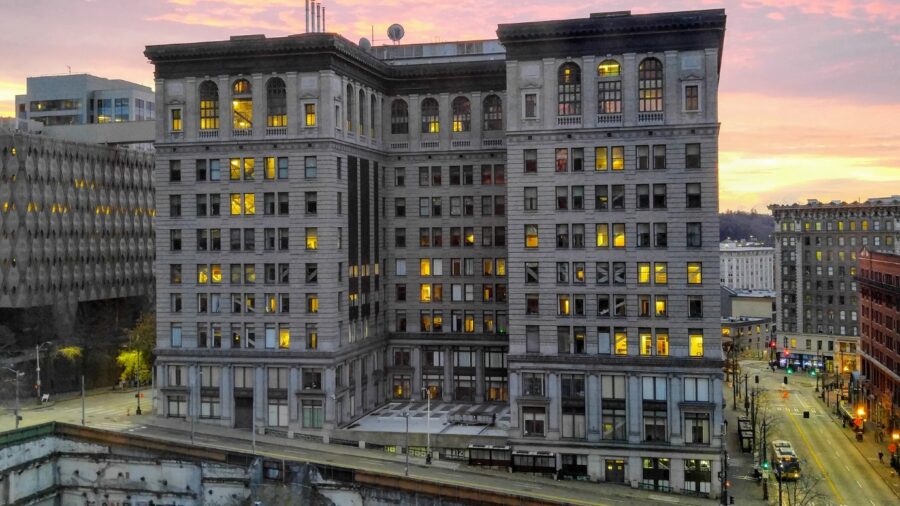
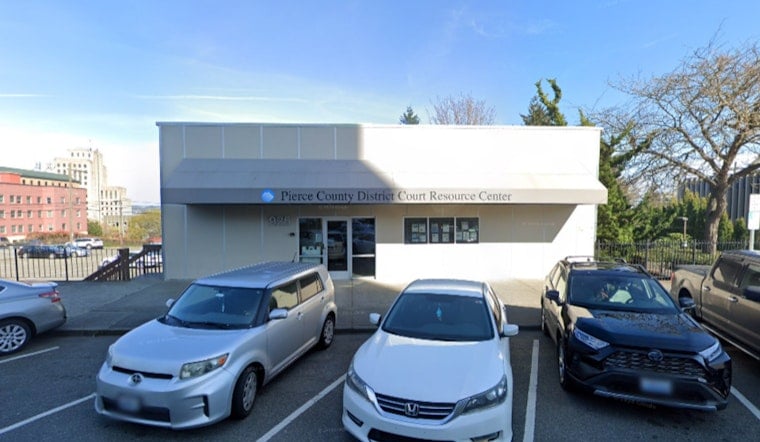
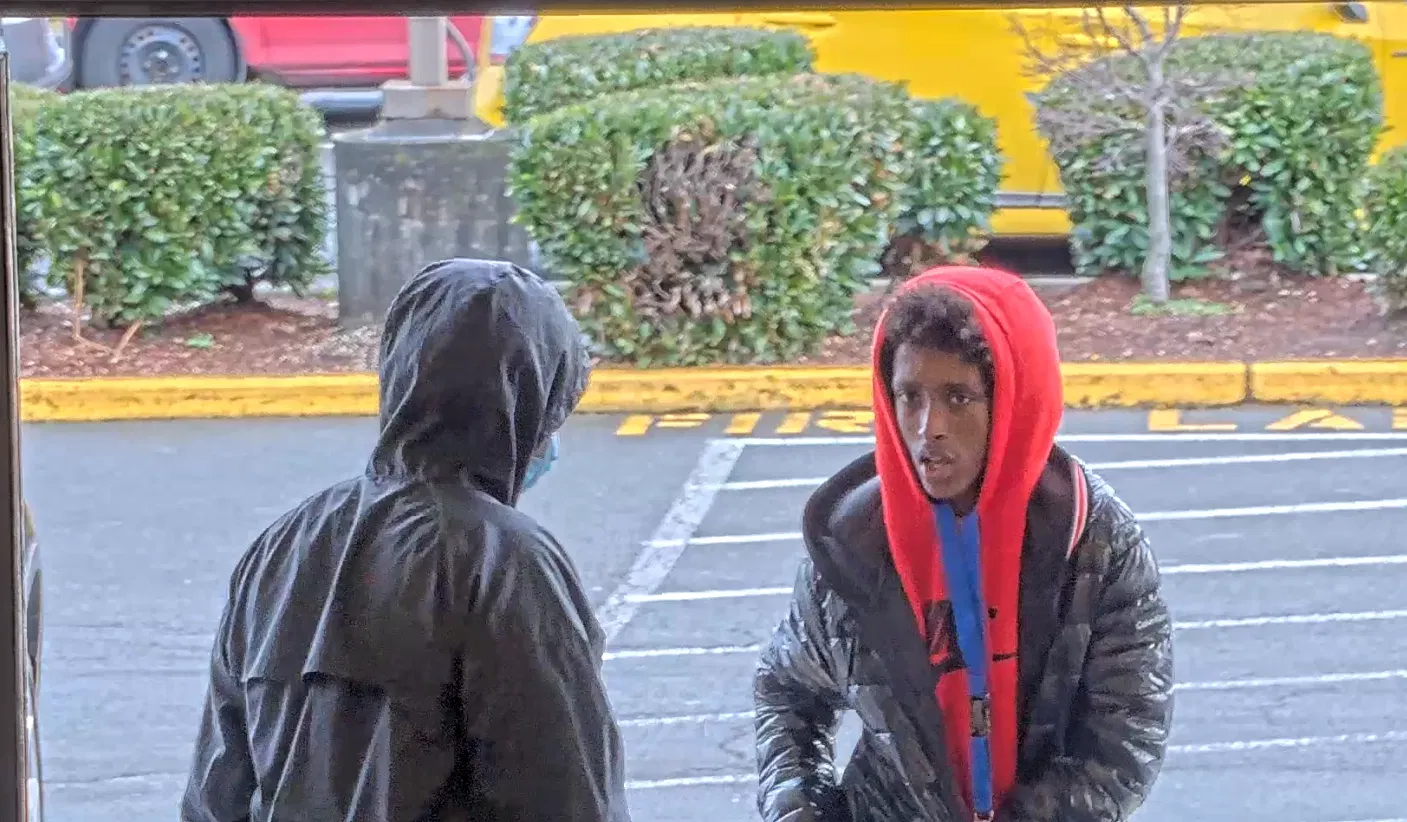
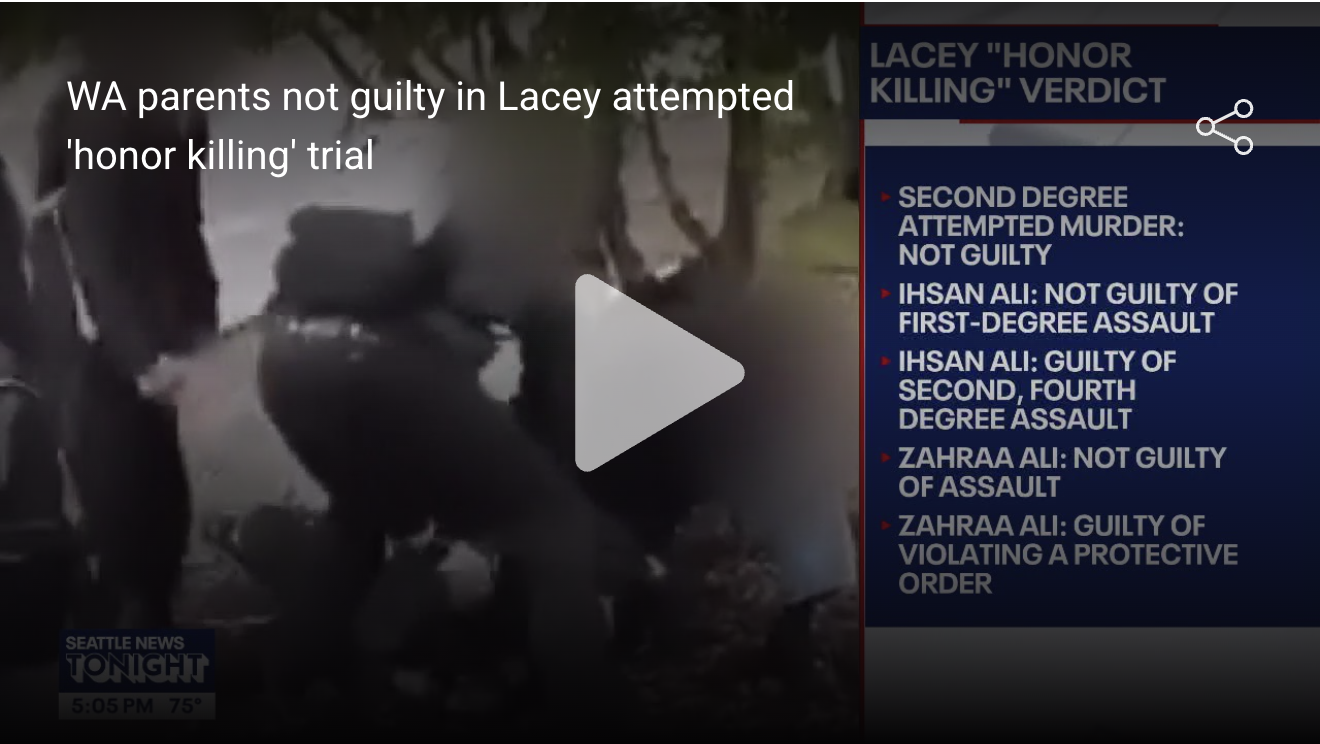
Leave a Reply